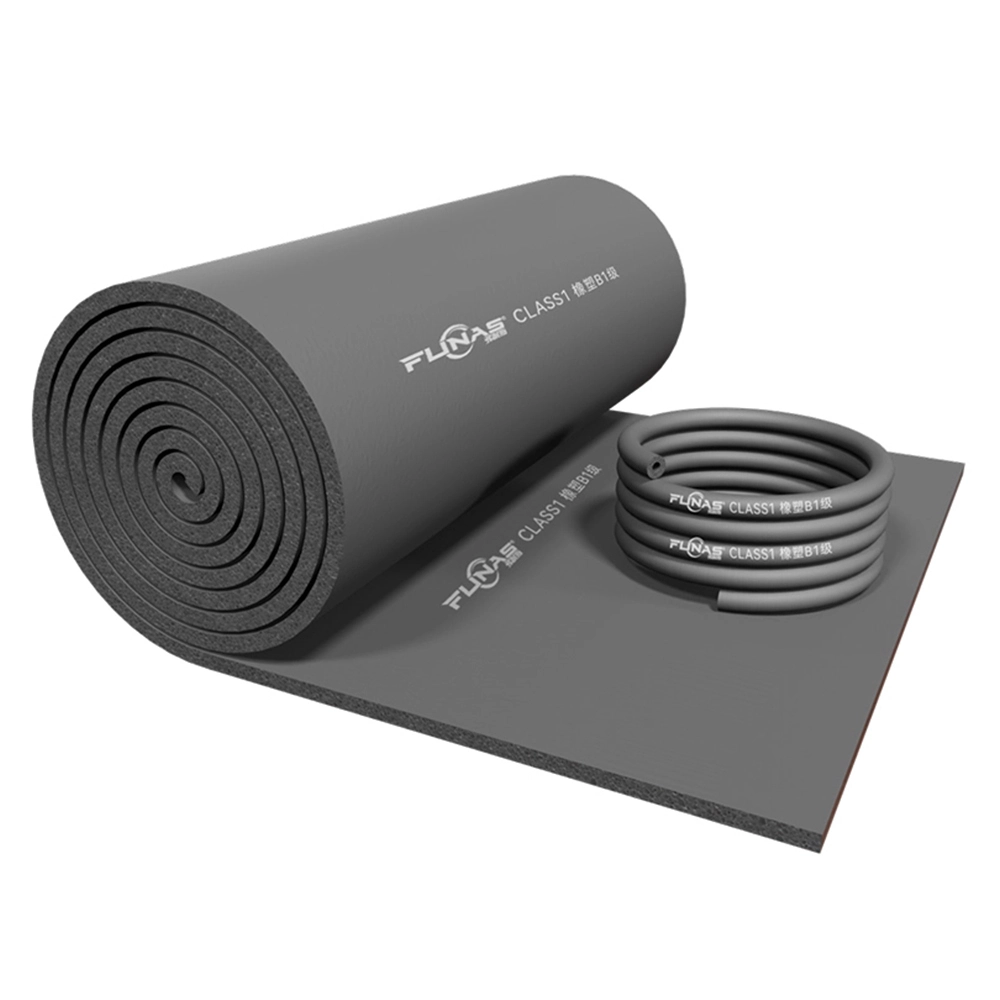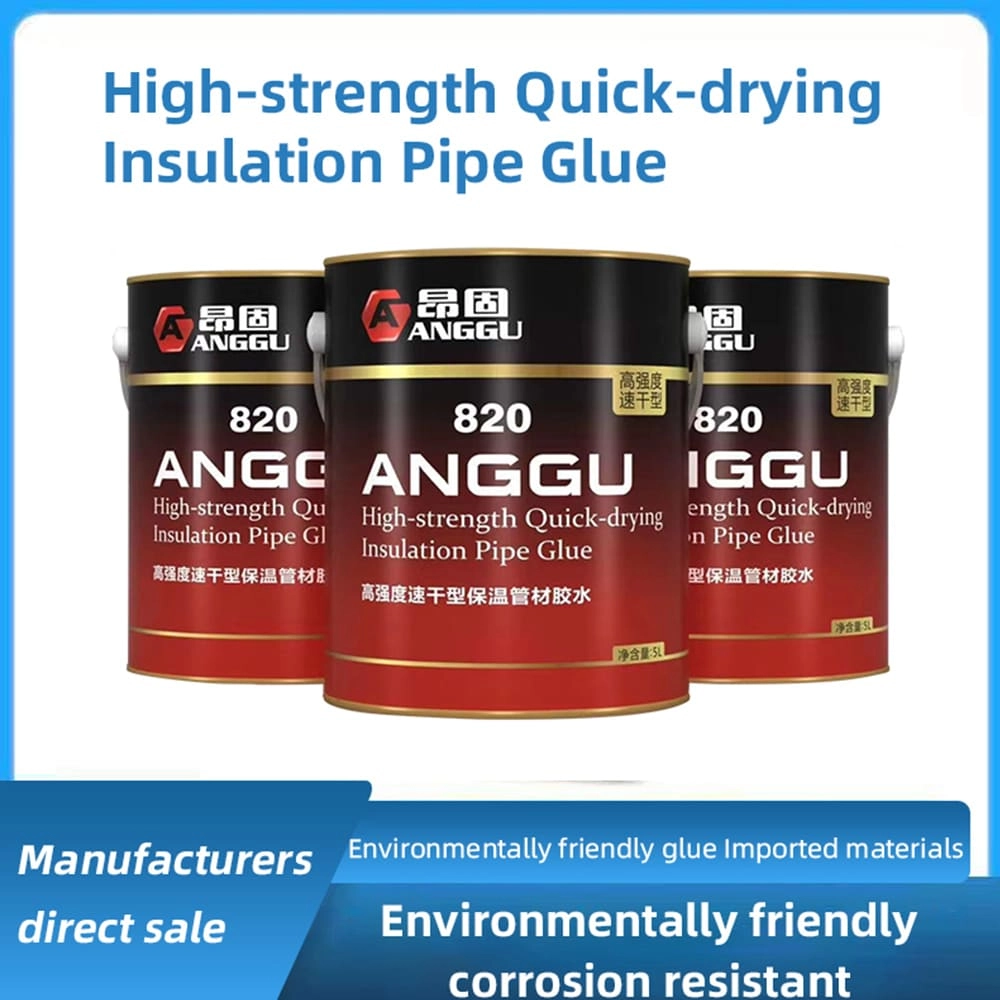how cold will foam pipe insulation work | FUNAS Expert Guide
Discover how foam pipe insulation performs in cold temperatures and gain expert insights for procurement in the thermal insulation materials industry. This blog addresses five common questions buyers ask, including temperature limits, effectiveness, and material selection, supported by real industry data and trends as of 2025. Learn how to make informed decisions to protect pipes and improve energy efficiency with practical tips tailored for professionals.
- How Cold Will Foam Pipe Insulation Work? Essential Knowledge for Industry Buyers
- 1. What Are the Temperature Limits for Foam Pipe Insulation?
- 2. How Effective Is Foam Pipe Insulation in Preventing Freezing?
- 3. How Does Cold Temperature Affect Foam Insulation Performance?
- 4. What Types of Foam Insulation Are Best for Cold Climates?
- 5. What Should Buyers Consider When Procuring Foam Pipe Insulation for Cold Environments?
How Cold Will Foam Pipe Insulation Work? Essential Knowledge for Industry Buyers
Foam pipe insulation is a popular choice in the thermal insulation materials industry for protecting pipes from heat loss and freezing. However, one of the most pressing concerns for buyers is understanding how cold temperatures impact its performance. With the global pipe insulation market projected to reach $7,195.9 million by 2030 (as reported by MarketsandMarkets™ in 2025), selecting the right material is critical for energy efficiency and cost savings. This blog answers five common questions that buyers in the thermal insulation industry often ask when considering foam pipe insulation, providing professional insights to guide procurement decisions.
1. What Are the Temperature Limits for Foam Pipe Insulation?
Foam pipe insulation, particularly closed-cell elastomeric foam like EPDM or polyurethane foam, typically operates effectively within a temperature range of -40°F (-40°C) to 220°F (104°C), depending on the specific formulation and manufacturer. According to industry resources, such as those from Aeroflex USA, these materials are designed to resist extreme cold, preventing pipe freezing in sub-zero conditions. However, performance may degrade if temperatures consistently fall below the rated limit, leading to potential cracking or loss of thermal resistance. Buyers should consult manufacturer specifications to ensure the chosen foam matches the environmental conditions of their project.
2. How Effective Is Foam Pipe Insulation in Preventing Freezing?
Foam pipe insulation is highly effective in preventing freezing down to around 20°F (-6°C) for short durations, though effectiveness depends on factors like insulation thickness and pipe diameter. Information from Home Improvement Stack Exchange discussions indicates that a 0.35-inch thick polyurethane foam sleeve can provide adequate protection in mild freezing conditions. For harsher climates, thicker insulation or additional protective layers may be necessary to delay ice formation in pipes. This makes foam insulation a reliable choice for many residential and industrial applications in cold regions.
3. How Does Cold Temperature Affect Foam Insulation Performance?
Extreme cold can reduce the thermal resistance of foam insulation if the material is not suited for such conditions. As noted in industry articles like those from HeaterGuides (2025), prolonged exposure to sub-zero temperatures may cause certain foams to become brittle, reducing their insulating capacity. Elastomeric foams, however, often maintain flexibility and effectiveness in colder environments compared to other materials. Buyers should prioritize materials with proven low-temperature performance and consider environmental factors during procurement.
4. What Types of Foam Insulation Are Best for Cold Climates?
For cold climates, closed-cell elastomeric foam (like EPDM) and polyurethane foam are often recommended due to their moisture resistance and low thermal conductivity. Resources from Insulation & More highlight that these materials provide superior thermal protection compared to open-cell foams, which can absorb water and lose effectiveness in freezing conditions. Additionally, brands like AEROFLEX® offer specialized formulations tailored for extreme temperatures, making them a preferred choice for industrial buyers facing harsh winters.
5. What Should Buyers Consider When Procuring Foam Pipe Insulation for Cold Environments?
When procuring foam pipe insulation, buyers should evaluate several factors: temperature rating, insulation thickness, moisture resistance, and installation environment. Industry guides, such as those from Distribution International, suggest matching the insulation material to the specific application—whether for HVAC systems, industrial piping, or residential use. Additionally, considering the R-value (thermal resistance) and compliance with local building codes ensures optimal performance. With energy efficiency becoming a priority, selecting high-quality foam insulation can lead to significant long-term savings, especially in colder regions.
In conclusion, foam pipe insulation is a versatile and effective solution for cold environments, provided the right type and specifications are chosen. At FUNAS, we pride ourselves on offering cutting-edge thermal insulation solutions tailored to meet the demands of diverse industries. Our foam pipe insulation products are designed for durability, energy efficiency, and performance in extreme temperatures, ensuring your pipes are protected even in the harshest conditions. Partner with FUNAS to access expert guidance and high-quality materials for your next project.

The Ultimate Guide to Glass Wool Insulation 2026

Top 10 Foam Rubber Sheet Manufacturers for Insulation & More

Top 14 Rock Wool Panel Brands: Expert Guide for 2026

Top 10 Insulation Adhesives for Heat & Soundproofing 2026
service
How does your technical support work?
Our technical support team is available to guide you through every stage of your project—from product selection and design to installation. We provide expert consultation to ensure that you get the best insulation solution for your needs and can assist with troubleshooting if needed.
FAQ
What types of rubber foam insulation do you offer?
We offer a wide range of rubber foam insulation with different thicknesses and specifications. Thermal insulation material manufacturer FUNAS sleeves and sheets are suitable for different application scenarios.
How do I choose the right insulation for my project?
Our team can help you choose the best material for heat insulation based on your specific needs, such as thermal resistance, acoustic properties, and environmental conditions.
What is the typical delivery time for custom orders?
Our daily production capacity is 800 cubic meters. Delivery time varies depending on the complexity of the insulation material wholesale order, but we can deliver large quantities of customized products within 4-6 weeks after the approval date, and small quantities can be delivered within 15 days.
You might also like

Wholesale Rock Wool Mineral Wool Roll Blanket
Durable rock wool roll with outstanding fire resistance and insulation properties. Ideal for industrial and construction applications.

Wholesale High-Density Acoustic Foam Sound-absorbing Sponge Soundproof Cotton
Enhance sound clarity and reduce noise with FUNAS Wholesale High-Density Acoustic Foam Sound-absorbing Sponge. Polyurethane sponge is a low density PU with foam density less than 18 kg/m3. This premium soundproof cotton delivers superior sound absorption, perfect for studios, offices, and home theaters. Optimize your acoustic environment now!

Foam Phenolic Adhesive
This product has passed the national GB33372-2020 standard and GB18583-2008 standard. (The product is a yellow liquid.)
Anggu foam phenolic glue is a kind of glue with corrosion resistance, low odor, high strength and excellent brushing property. Can be sprayed for construction with fast surface drying speed, long bonding time, no chalking and convenient operation.

Rubber Plastic insulation Material Glue
Leave a message
Have any questions or concerns about our products? Please leave us a message here and our team will get back to you promptly.
Your queries, ideas, and collaboration opportunities are just a click away. Let’s start a conversation.


















































